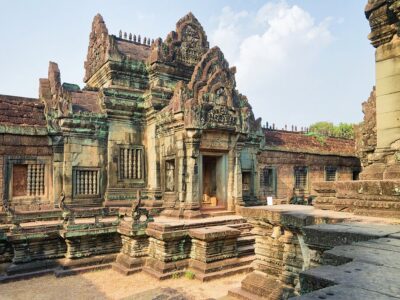
The rainy season in Cambodia ends in October—the wettest month (along with September) of the year. But don't let that stop you from making plans to visit. Now is an excellent time to avoid the hordes of tourists at the ever-popular Angkor Wat and the surrounding ancient city. Find out more about traveling to Cambodia in October.
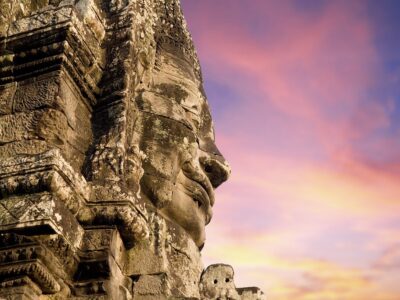
Cambodia is a small country with a wealth of cultural attractions and landscapes, from glorious beaches to thick jungle-clad mountains and lush rivers. However, it's best not to pack too much into your visit because the infrastructure makes getting around quite slow. If you opt for a slow-travel experience that favors quality over quantity, it doesn't matter whether you have five days or two weeks in Cambodia, as you'll certainly have a rich and rewarding stay.
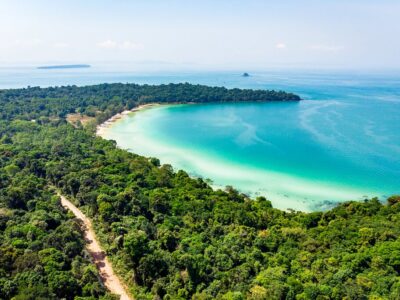
The conditions are excellent for travel in Cambodia in December, with clear skies, warm (but not-too-hot) temperatures, and little-to-no rain. Whether you want to explore the ruins of ancient Angkor, lounge on a tropical beach, birdwatch on Tonlé Sap, or hike in the mountains, December is a great time to visit Cambodia. Find out more about where to go and what to do.
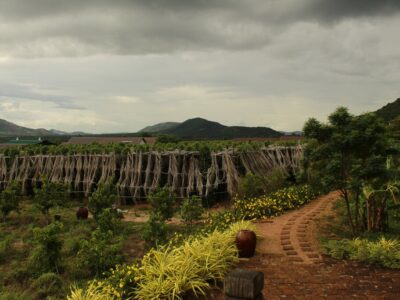
March is the final month of the cooler, drier season in Cambodia. Visitors flock to the country mainly to spend time at the unparalleled Angkor Wat complex, while the skies are clear and the temperatures warm but generally comfortable. As well as Angkor, visitors can spend time on beautiful beaches, get active outdoors, and explore atmospheric towns such as Kampot, which gives its name to the black pepper variety. Read on to find out where to go and what to do in Cambodia in March.
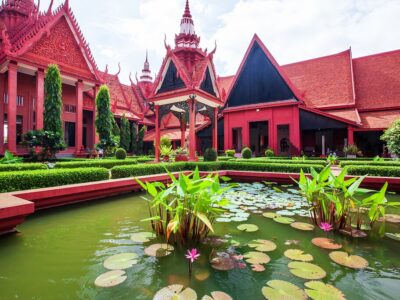
July is early in Cambodia's wet season, yet as a tropical country, temperatures stay warm. This is a great time to come if you want to avoid crowds of tourists and don't mind a bit of rain. As well as having some lesser-known temples virtually to yourself, you'll also be treated to vibrant landscapes and an array of fresh food—ideal for foodies. Find out where to go and what to do in Cambodia in July.
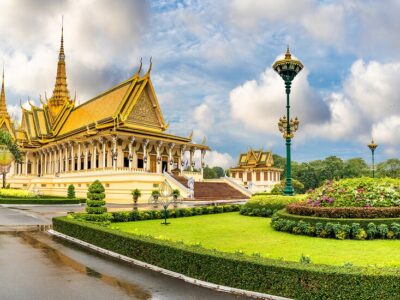
To avoid the crowds that flock to Cambodia's ancient city of Angkor, consider traveling to the Southeast Asian country in May. This is the shoulder season for travel as the weather is generally quite hot and humid. But the draw of tropical beaches and thinner crowds may be enough to entice you. Find out more about traveling to Cambodia in May below.
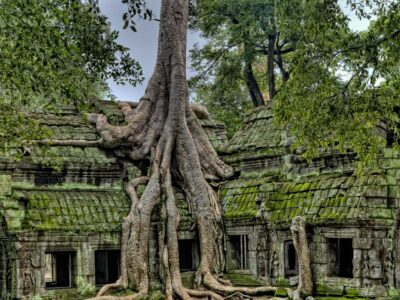
With the end of the wet season and the beginning of the cooler dry season, tourists flock back to Cambodia in November. As well as highlights like Angkor Wat, Tonle Sap, and the islands off the southwest coast, visitors in November can enjoy the festivities of the Cambodian Water Festival, Bonn Om Touk. Read on to find out more.
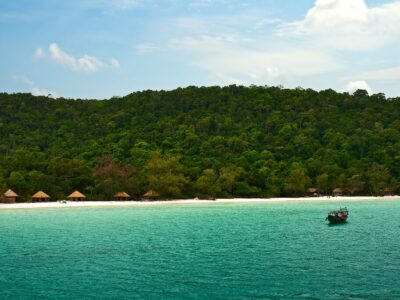
January is right in the middle of the cool, dry season in Cambodia, and it's one of the busiest months of the year for tourism. If you don't mind sharing iconic destinations like the UNESCO-listed Angkor Wat with the crowds of other tourists, it's a great time to visit. Read on to find out more about traveling to Cambodia in January.
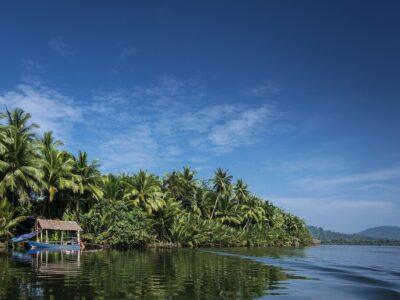
Cambodia in April is shoulder season. Although it's still drier than at other times, the temperatures are increasingly hot. It's a great time to travel if you are comfortable in hot weather, as crowds are thinner at some of the most popular places, particularly the incredible Angkor ancient city. For more on where to go and what to do, read on.
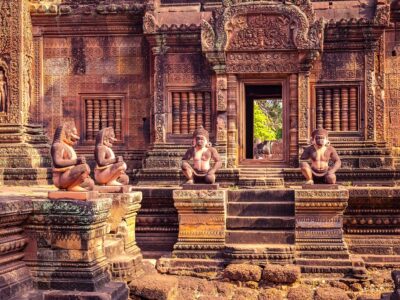
August is right in the middle of Cambodia's wet season, which also happens to be the low season. But these factors don't make it a bad time to visit—if you're prepared for a bit of rain, you can enjoy some of Cambodia's highlights with few other travelers around. Culture and history enthusiasts should head to the ancient city of Angkor, while nature and wildlife lovers should spend some time around Tonlé Sap. Read on to find out more.
